In the Beginning
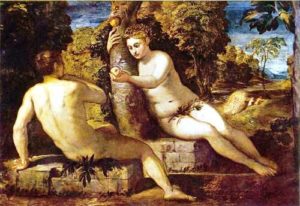 Some 3,000 years ago, Jewish desert dwellers, sitting around campfires, shared a story about the creation of the universe. That story was weaved against the backdrop of their tedious lives in a dry and dusty desert and their sweet dreams of an oasis-like garden filled with flora and fauna. So, their story on creation had the first man Adam fashioned out of the dust of the Earth and put into a beautiful garden full of flowers, fruits and foliage. Then the Creator made Eve as Adam’s companion. They lived happily in the paradise of the Garden of Eden. But those storytellers knew that the generation that followed have lived a hard life. So, they explained the fall of man from paradise by introducing the story of the forbidden fruit. These stories were orally passed on to the generations that followed…
Some 3,000 years ago, Jewish desert dwellers, sitting around campfires, shared a story about the creation of the universe. That story was weaved against the backdrop of their tedious lives in a dry and dusty desert and their sweet dreams of an oasis-like garden filled with flora and fauna. So, their story on creation had the first man Adam fashioned out of the dust of the Earth and put into a beautiful garden full of flowers, fruits and foliage. Then the Creator made Eve as Adam’s companion. They lived happily in the paradise of the Garden of Eden. But those storytellers knew that the generation that followed have lived a hard life. So, they explained the fall of man from paradise by introducing the story of the forbidden fruit. These stories were orally passed on to the generations that followed… Centuries later and hundreds of miles to the east of the sites of those Jewish campfires, (most likely in the present day Iraq), an enterprising, learned and devout Jewish writer, (probably a Jewish Priest whose name we do not know) took up the ambitious task of constructing an account of the history of his people. This writer had apparently relied on at least two pre-existing texts that had its origin in different times at different locations. The more recent of those texts had called the divine Creator by the name “Elohim”. The other text had named him in Hebrew as “YHWH” (translated “Jehovah” in English).
This priest carefully wove the two texts together avoiding repetitions and making changes as required to prevent glaring inconsistencies. Some of the events the author described in his history are consistent with other historical records. But this cannot be said about events falling in the period before 1000 BCE. We must assume that, more than facts, it reflects the religious and political goals of the author.
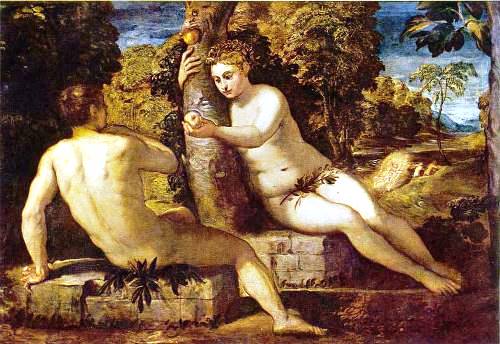

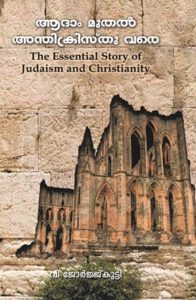
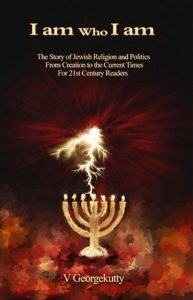
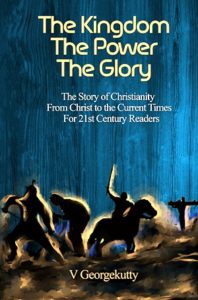



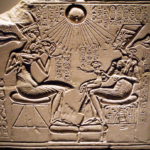
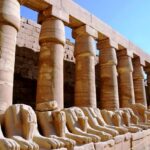
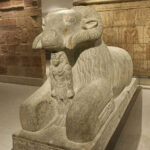

The same Bible that created a 'mythological' story of creation also houses profound and deep versus like – Whatever is has already been,
and what will be has been before;
and God will call the past to account.
The book of Ecclesiastes also suggest the path for seekers and analytics of the truth- 'Of making many books there is no end, and much study wearies the body'
Cheers
@Dann Thomas
Dear Kochu,
I fully agree.
Let me clarify that this article was not aimed to trash the scriptures that I believe in and practice. The objective was to highlight the dangers of killing the spirit to save the letter.
Thank you for sparing the time to comment.
Georgekutty
An interesting and useful article. I would only like to add one thing to your "Conclusion": The purer you become and the higher levels of spirituality you reach, the lesser is your need to rely on mind, logic, facts, to know the Truth. In other words, 'revelation' could become a common thing. As regards the question of which scripture is how much factual or imagination, it's essentially irrelevant in terms of its practical import. The entire gamut of spirituality is practice, which necessitates faith.
@HP
Yes Sir.
"The entire gamut of spirituality is practice". In other words, the proof of the pudding is in its eating.
Thank you very much.
Kutty
What is "myth'? If the connotation is as opposed to "truth or reality" there is a problem. Theory of creation and science (theory of evolution) can go hand-in-hand if one has the patience and vision to envision the deeper meanings beyond the scripts.Even the big bang theory is in sync with the Genesis. As a matter of fact every new testament author and also Jesus for that matter treated Genesis as literal history not myth. The integrity of the entire Bible is compromised once the literal and historical nature of genesis is questioned.
Mathew George
@Mathew
Dear Sir,
One of the dictionary meanings of myth is, “a traditional story accepted as history; serves to explain the world view of a people”. I was clearly not aiming at presenting mythology as some mumbo-jumbo “opposed to truth”. My objective was to present mythology as a tool to express the ‘truth that passeth understanding’.
For instance in his commentary of the Holy Geeta, Swamy Chinmayanada says, “The Kaurava representing the negative tendencies and the sinful motives in a mortal’s bosom, are born as children to the old king Dhritarashtra, a born blind prince, wedded to Gandhari who had VOLUNTARILY blinded herself putting bandages over her eyes!….
Mind is born blind to truth, and when it is wedded to an intellect which also has ASSUMED blindness, the negative instincts yoked with low motives can only beget a hundred criminals and sins.
When up on the spiritual field of self-development within (Dharmakshetra), the lower instincts and the higher ideal array under the guidance of his divine discriminative intellect, takes himself to a point of no-man’s land between the two forces for the purpose of reviewing the enemy lines, without identifying himself with either the good or the evil in him. And, at that moment of his introspective meditation, the egoistic entity comes to feel a morbid depression and feels generally incapacitated to undertake the great spiritual adventure of fighting his inner war with any hope of victory…” (Arjuna-Grief, Introduction).
But Arjuna, the great warrior, turns a “despondent, bewildered neurotic patient” on the sight of the massive forces he had to fight. The ‘Krishna-treatment’ for this psychological derangement is the Lord’s song in the Holy Geeta. The call was ‘to get up and fight’. In the end, Arjuna declares that “all delusions have ended”.
When I read the Holy Geeta with this perspective in my heart, I could discover within it, meanings perfectly suiting my own faith. I simply do not care whether the war at Kurukshtra was real or allegorical. The message of the Holy Geeta (and other scriptures) transcends times. The same way, Old Testament Bible is meaningful to me not as a compendium of scientific facts or historical truths. I do not believe that man was moulded by the divine from dust of the Earth in BC 4004. The story of the creation of man found in the Bible probably comes from the mythology of Prometheus. And the story of the great flood could have come from the Epic of Gilgamesh of ancient Mesopotamia. But that does not make any difference to me since I am more concerned with the spirit and not the letter. I believe that Christian faith would stay meaningful to the coming generations only if we make a switch to focus on meanings rather than on the letters. It is quite possible that I am wrong. But I always try to say what I believe…With more awareness, I might change my views.
Thanks & Regards,
Georgekutty